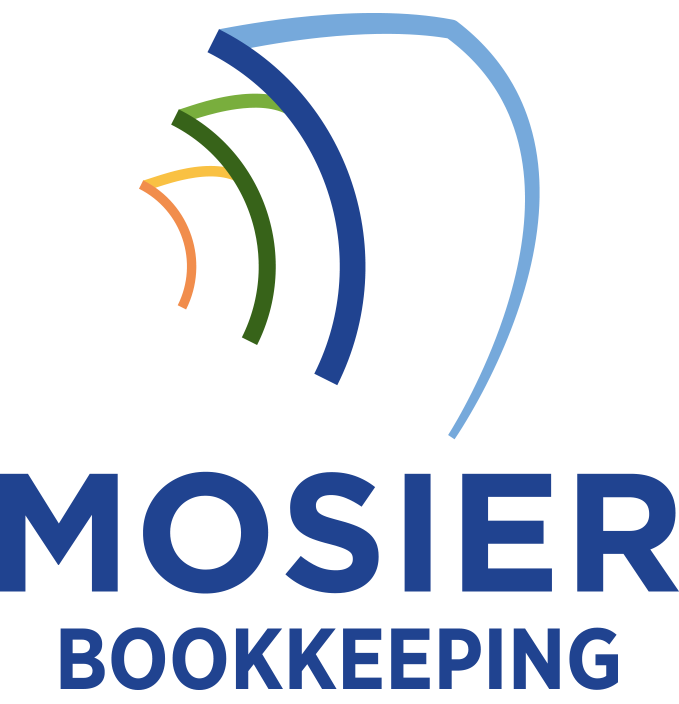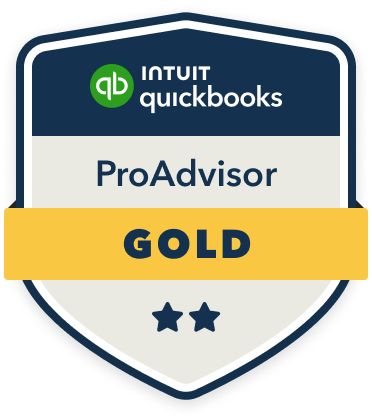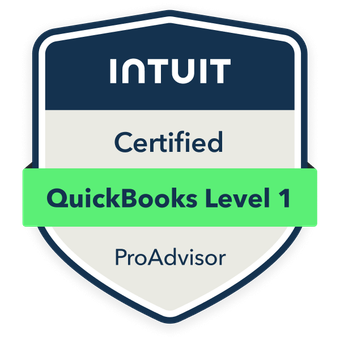Tracking employee time off through detailed bookkeeping offers you critical advantages for your organization’s success. I’ll explain how it guarantees accurate payroll processing, strengthens compliance with labor laws, enables precise financial forecasting, and helps monitor employee satisfaction. By maintaining thorough records, you’ll control labor costs, prevent costly penalties, and make data-driven decisions about workforce management. Let’s explore how proper time-off tracking transforms your operational efficiency and bottom line.
Accurate Payroll Processing and Cost Control

Proper bookkeeping of employee time off directly impacts a company’s ability to process payroll accurately and control labor costs. I guarantee every absence is documented, whether it’s vacation, sick leave, or personal time, to maintain precise wage calculations and prevent overpayment or underpayment issues.
Improved Compliance With Labor Laws and Regulations
Maintaining detailed records of employee time off helps organizations stay compliant with various labor laws and workplace regulations. I’ve found that thorough bookkeeping protects companies from potential violations of the Family and Medical Leave Act (FMLA), Americans with Disabilities Act (ADA), and state-specific paid leave requirements. Through meticulous documentation, I guarantee your business can quickly respond to Department of Labor audits and demonstrate compliance with mandatory time-off provisions. I’ll help you track key metrics like leave accrual rates, usage patterns, and carryover balances to maintain legal requirements and avoid costly penalties or litigation.
Enhanced Financial Planning and Forecasting

Three key financial advantages emerge when organizations track employee time-off data systematically. First, I can accurately forecast labor costs by analyzing historical patterns of paid time off, helping me budget for coverage needs. Second, I’m able to calculate and maintain proper accrual accounts for unused vacation time, ensuring my balance sheet reflects these future liabilities. Third, I can optimize staffing levels by identifying peak vacation periods and seasonal trends, allowing me to plan temporary staff requirements. This data-driven approach strengthens my financial planning, reduces unexpected costs, and enables me to make strategic decisions about workforce management.
Better Employee Satisfaction and Retention Tracking
When organizations monitor time-off patterns effectively, they gain valuable insights into employee satisfaction and retention trends. I’ve found that tracking leave data helps identify potential burnout risks and turnover signals before they escalate into costly problems.
| Indicator | Impact |
|---|---|
| Frequent sick days | Employee wellness concerns |
| Unused vacation | Potential burnout risk |
| Last-minute requests | Job satisfaction issues |
I can use this data to implement targeted retention strategies, adjust benefits packages, and create more effective work-life balance policies. By analyzing time-off patterns alongside performance metrics, I’m better equipped to make data-driven decisions that improve workplace satisfaction and reduce turnover costs.
Streamlined Reporting and Analytics

Accurate time-off bookkeeping sets up organizations for efficient data analysis and reporting capabilities. I’ve found that proper tracking enables me to generate instant reports on PTO usage patterns, departmental trends, and compliance metrics. I can quickly analyze peak vacation periods, identify understaffing risks, and forecast future time-off demands.
When I maintain detailed leave records, I’m able to create customized dashboards that display real-time analytics, helping me make data-driven staffing decisions. I can also automate regulatory reporting requirements and instantly generate audit-ready documentation, ensuring I maintain control over workforce management while reducing administrative overhead.
Efficient Resource Management and Scheduling
Through systematic time-off bookkeeping, I can effectively manage workplace resources and optimize staff scheduling. I’ll guarantee operational continuity by tracking absences and maintaining appropriate coverage levels. This data-driven approach empowers me to make strategic staffing decisions.
| Resource Type | Impact Analysis | Action Required |
|---|---|---|
| Staff Coverage | Critical Tasks | Backup Assignment |
| Skill Sets | Team Capacity | Cross-training |
| Project Timeline | Deadline Risk | Schedule Adjustment |
| Budget | Labor Costs | Resource Allocation |
| Compliance | Leave Policies | Policy Enforcement |








